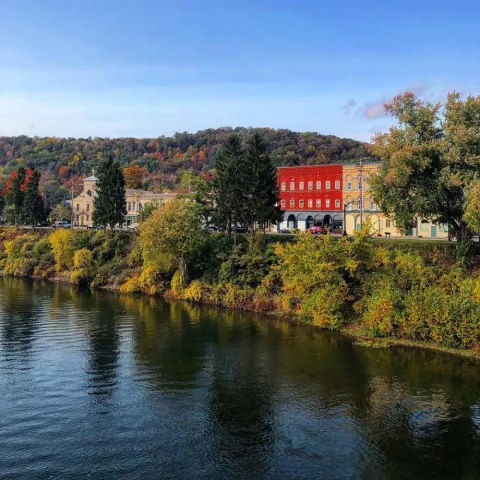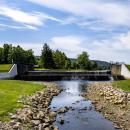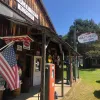Warren
Nestled in northwestern Pennsylvania, Warren County is where American frontier history, natural splendor, and rich heritage converge. Once a land of Indigenous, French, British, and early American contest, the region eventually flourished through logging, oil, and industry.
Warren County was home to Cornplanter, a Seneca leader who shaped early diplomacy between the Iroquois and the U.S. In 1795, surveyors laid out the town of Warren, named for Revolutionary War hero General Joseph Warren. Throughout the 1800s, waves of settlers and immigrants established farms, businesses, and industries that continue to shape the region today.
The county's dense forests and rushing creeks powered a booming timber economy, followed by an oil rush in the late 1800s, with refineries once dotting the valley. With the advent of steamboats and railroads, Warren became a vibrant hub of commerce.
Today, Warren County is a haven for both history lovers and outdoor adventurers. Hike ancient groves in Heart's Content, paddle the Allegheny River, or explore Kinzua Dam and the winding shores of the Allegheny Reservoir. Museums, parks, scenic byways, and a thriving cultural scene make it an unforgettable destination in Pennsylvania.










